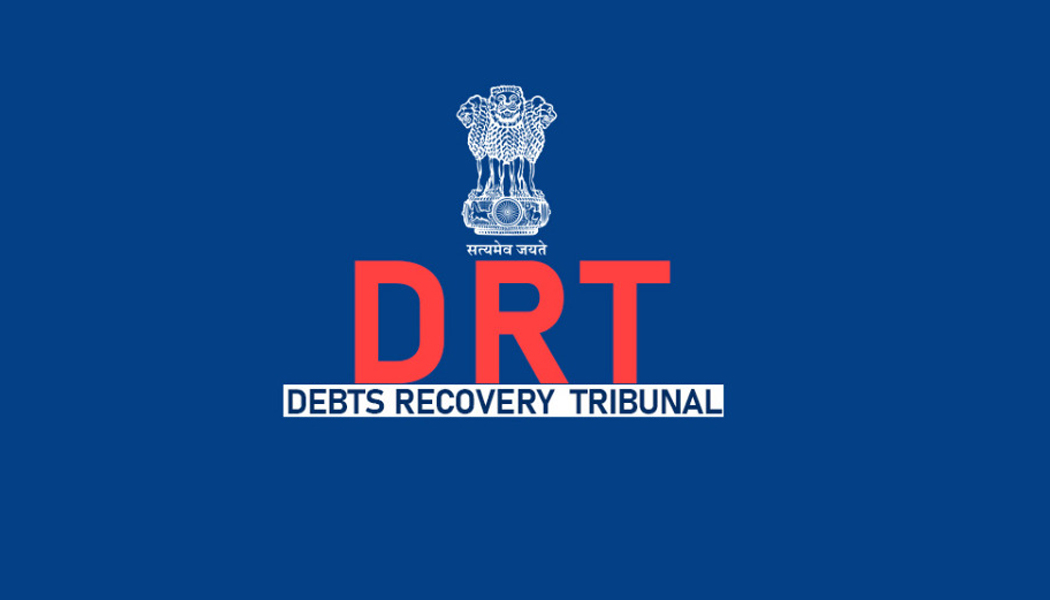
What is a Debts Recovery Tribunal (DRT)?
What is a Debts Recovery Tribunal (DRT)?
A Debts Recovery Tribunal (DRT) is a specialized legal body established under the Recovery of Debts Due to Banks and Financial Institutions Act, 1993 (RDDBFI Act). Its primary function is to adjudicate cases related to the recovery of debts owed to banks, financial institutions, and asset reconstruction companies. DRTs were established to provide a streamlined and expeditious mechanism for resolving disputes arising from non-performing assets (NPAs) and facilitating the recovery of outstanding dues.
Here’s a detailed explanation of the key aspects of DRTs:
- Establishment and Jurisdiction: DRTs were established by the Government of India to address the rising issue of non-performing assets in the banking and financial sector. Each DRT is established for a specified territorial jurisdiction, and its jurisdiction extends to cases involving the recovery of debts due to banks and financial institutions within that jurisdiction.
- Purpose and Function: The primary purpose of DRTs is to adjudicate cases related to debt recovery. When a borrower defaults on loan repayments, the creditor (bank or financial institution) can approach the DRT to recover the outstanding debt. DRTs provide a specialized forum for creditors to seek redressal and obtain orders for the recovery of dues.
- Types of Cases Handled: DRTs handle cases involving the recovery of debts arising from loans, advances, or financial accommodations provided by banks, financial institutions, and asset reconstruction companies. These debts may include corporate loans, personal loans, credit facilities, mortgages, or any other form of financial assistance extended by the creditor.
- Procedure for Filing a Case: To initiate proceedings before a DRT, the creditor must file an application seeking the recovery of the outstanding debt. The application must contain details of the debt, particulars of the borrower, and supporting documents such as loan agreements, promissory notes, and evidence of default.
- Adjudication Process: DRTs follow a quasi-judicial process akin to civil courts. They have the authority to summon and examine witnesses, call for documents, and conduct hearings to adjudicate the merits of the case. DRTs are empowered to pass orders for the recovery of debts, including orders for the attachment and sale of the debtor’s property to satisfy the outstanding dues.
- Appeals and Enforcement: Parties aggrieved by DRT orders have the right to appeal against the decision before the Debts Recovery Appellate Tribunal (DRAT). DRATs serve as appellate authorities, reviewing the decisions of DRTs and providing redressal to parties dissatisfied with the DRT’s judgment. Once a recovery order is passed by the DRT, it can be enforced through various means, including attachment and sale of the debtor’s assets.
- Specialized Adjudication: DRTs offer a specialized forum for the expeditious resolution of debt recovery disputes. They are equipped with the necessary expertise and infrastructure to handle complex financial matters efficiently. The focus of DRTs on debt recovery cases ensures that disputes are resolved promptly, contributing to the efficient functioning of the banking and financial sector.
In summary, Debts Recovery Tribunals (DRTs) play a vital role in facilitating the recovery of outstanding debts owed to banks, financial institutions, and asset reconstruction companies. They provide a specialized forum for creditors to seek redressal and obtain orders for the recovery of dues, thereby contributing to the effective management of non-performing assets and the maintenance of financial stability.
Disclaimer: This information is intended for general guidance only and does not constitute legal advice. Please consult with a qualified lawyer for personalized advice specific to your situation
Adcocate J.S. Rohilla (Civil & Criminal Lawyer in Indore)
Contact: 88271 22304
